Exterior lighting is often an underappreciated part of landscaping. And yet, good landscape lighting design can have a huge impact on the look of your house. Landscape lighting ideas are therefore worth the consideration of many homeowners, particularly those looking for a relatively cheap way to increase the value of their home without breaking the bank.
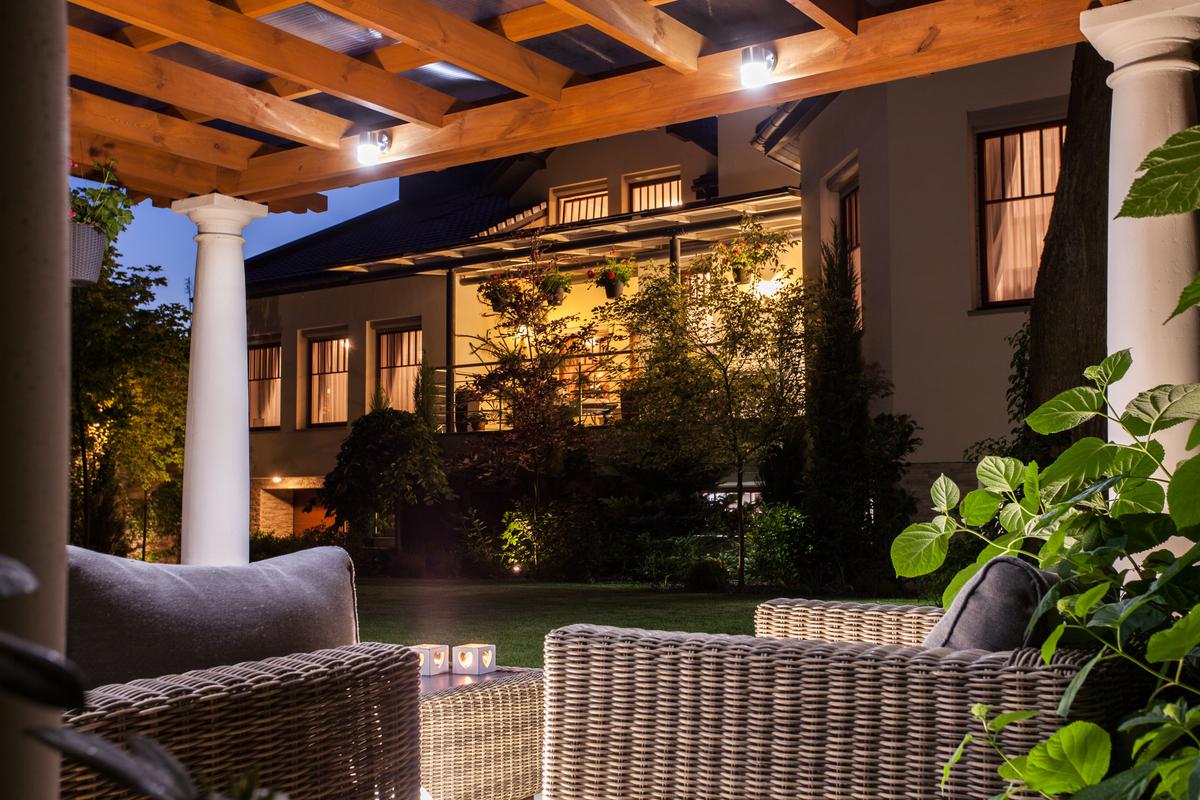
Don't Forget Patio Lighting
Landscape lighting is a great example of how small things can make a big difference. At first, it may seem like an intimidating DIY project, but landscape lighting is quite simple once you figure out the basics. Just a few well-placed lights can completely change the nighttime character of your house and give it a completely new look. Strategically placed lighting can help highlight interesting parts of your home that may not otherwise be noticed. Hardscape lighting is also very useful from a safety perspective. Having good exterior lighting is a great deterrent for thieves, and it's good for residents as well since well-lit pathways and stairways are much safer than ones shrouded in darkness.
The key to landscape lighting is to avoid leaving onlookers blinded by the lights, and instead to strike a balance between light and dark. This balance gives you a lot of contrast and shadows to play around with, which will help give your home better definition and more character at night. There are many ways to attain this balance, and the landscape lighting design you go with will depend on what kind of style you’re going for. The size and shape of our house and your property will also play a role in helping you figure out which landscape lighting ideas work best.
Ambient Lighting
Ambient lighting or washing is a good solution for a place that just needs more light. All you need is a simple floodlight or two with a wide beam of light. This technique effectively bathes an area with an even beam that has an angle of 120 degrees. Ambient lighting is great for illuminating the walls of a house and for showing off wall vines.
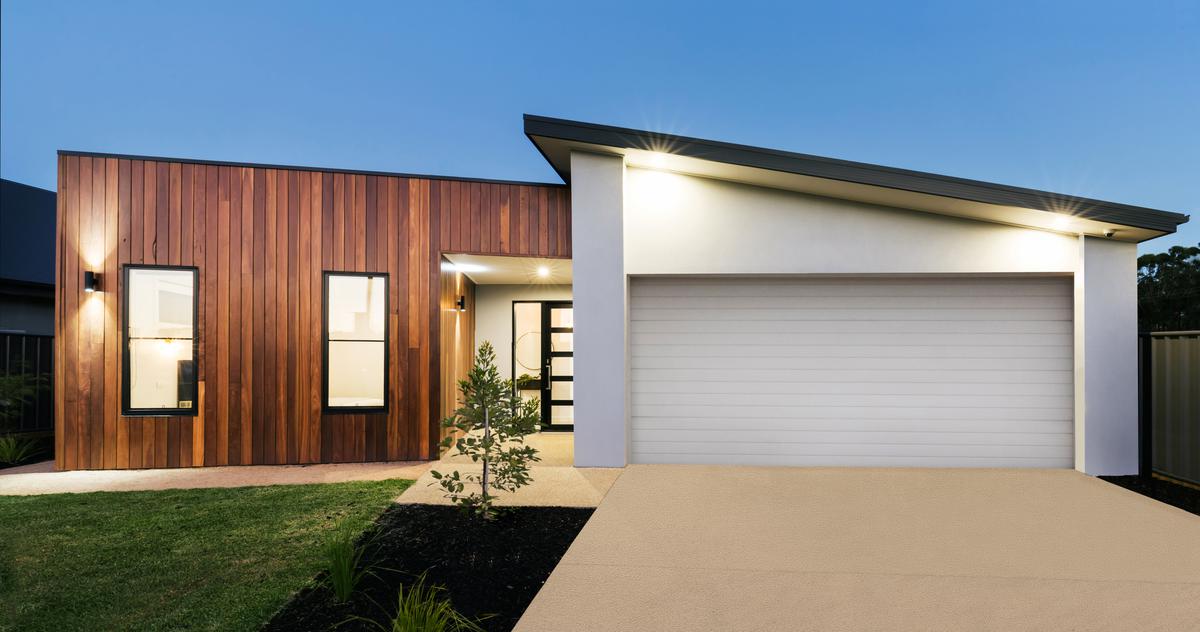
Ambient Lighting For the Win
Spotlighting
This is the opposite of ambient lighting. Instead of bathing a surface with light, spotlighting involves aiming a narrow beak of light at a specific point of interest. Usually, a spotlight has a 45-degree beam, making it the best option for anyone that is looking to focus light on a specific landscape feature such as a fountain, architectural details like an engraving, or even natural features like flowers, shrubbery, or trees.
Downlighting
This refers to when a light is put above an object pointing down. The point of downlighting is to mimic natural light, causing light to shine down on objects in a more natural way — similar to light coming from the moon or the sun. Downlighting can be an especially enchanting and visually attractive effect if the origin of the light is concealed in a tree. Lunar 20-watt downlighting halogens are a popular way to create this effect and cost $140 each.
Uplighting
As the name suggests, this is the opposite of downlighting; where the light shines up onto an object from a light fixture placed below it. 20-watt bullet accent lights are a reliable way to achieve uplighting and these cost around $62 each. If you want to highlight a medium-sized skinny tree, uplighting can help give it a natural glow at night.
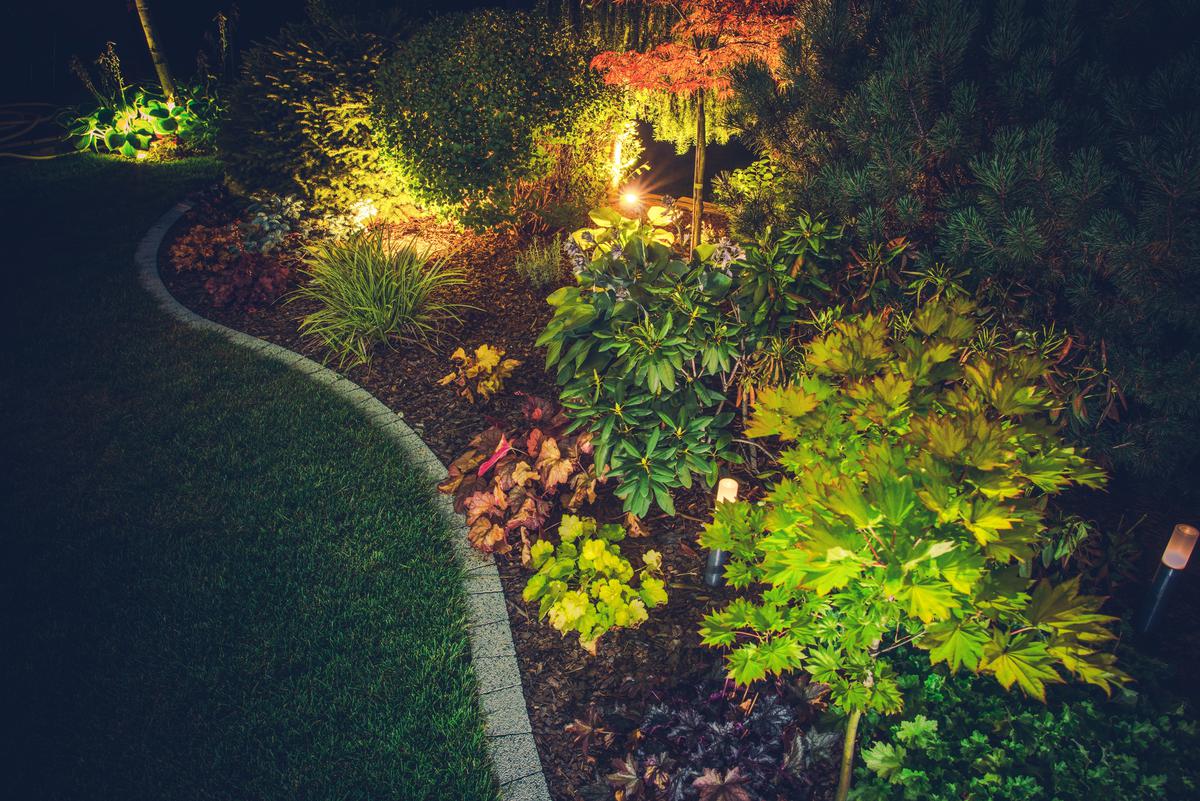
Uplighting Your Landscape Design
Crosslighting
Crosslighting is a fancy name for a simple but effective landscape lighting technique. It involves aiming two spotlights at the same object in such a way that the two beams cross each other. This cross beam helps to get rid of any annoying shadows that might appear from using only one spotlight and increases the visible detail of an object.
Grazing
This is different from ambient lighting or downlighting because it does not involve aiming a beam of light at a point of interest. Rather, grazing involves attaching small LED lights onto flat surfaces such as the wall of a house or a stone wall. These lights can be set to point up or down on a flat surface, and are a useful lighting idea for surfaces with a lot of uneven patterns. Grazing will allow light to play off of these irregular surfaces and create shadows. This is similar to the technique used by high-end hotels and restaurants, and so is well-suited to home architectures with contemporary elements.

Grazing Your Exterior Lighting
Silhouetting
Another lighting idea worth exploring is silhouetting. With the help of some spotlights, you can stage some beautiful illumination of an object. This involves placing a light behind an object pointing towards the main vantage point, effectively setting up the light to shine out from behind an object. This works especially well when the light is concealed and pointed at a small shrub or other vegetation, as it will appear to emanate from the edges of the plant.
What Should You Light Up?
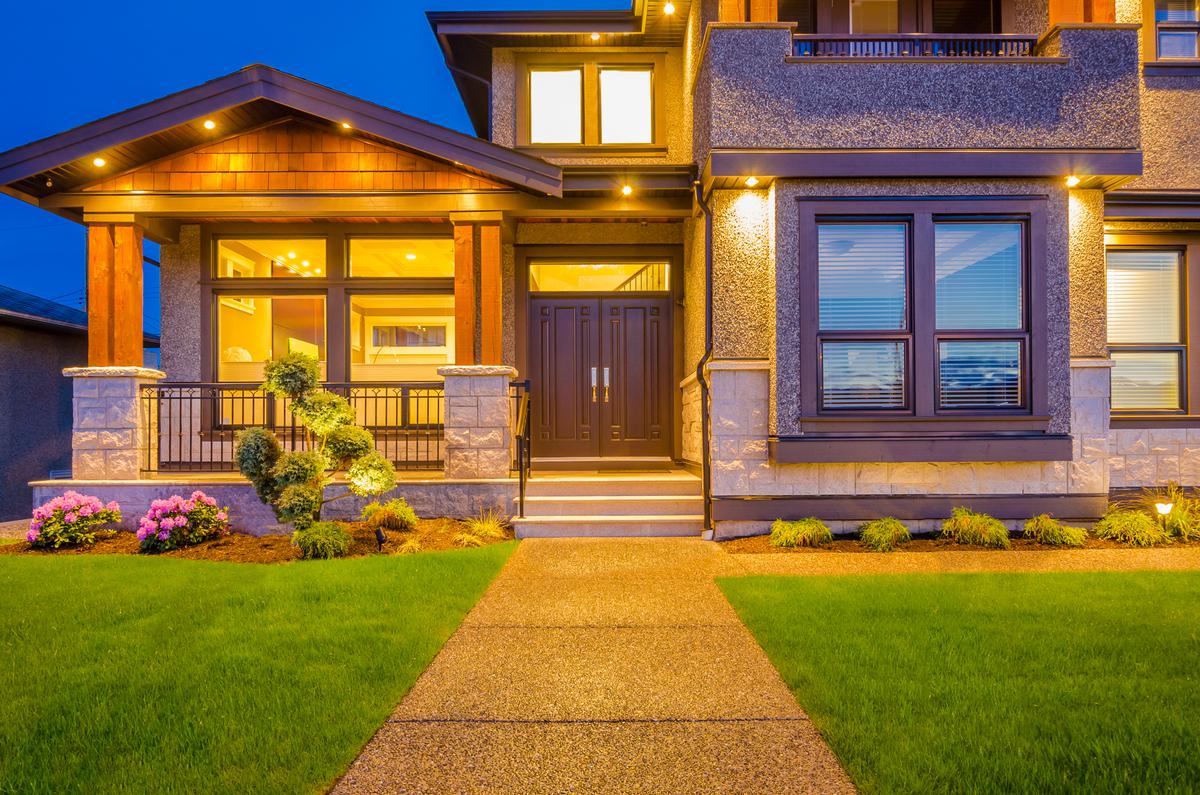
Entryway Lighting is Crucial
If you’ve just started to revamp the landscape lighting of your property, you can’t go wrong by starting with your entryway. Having plenty of ambient lighting around your front door will give your main entrance a warm and inviting aura for guests and passers-by. It will also make your place easier for guests to find at night.
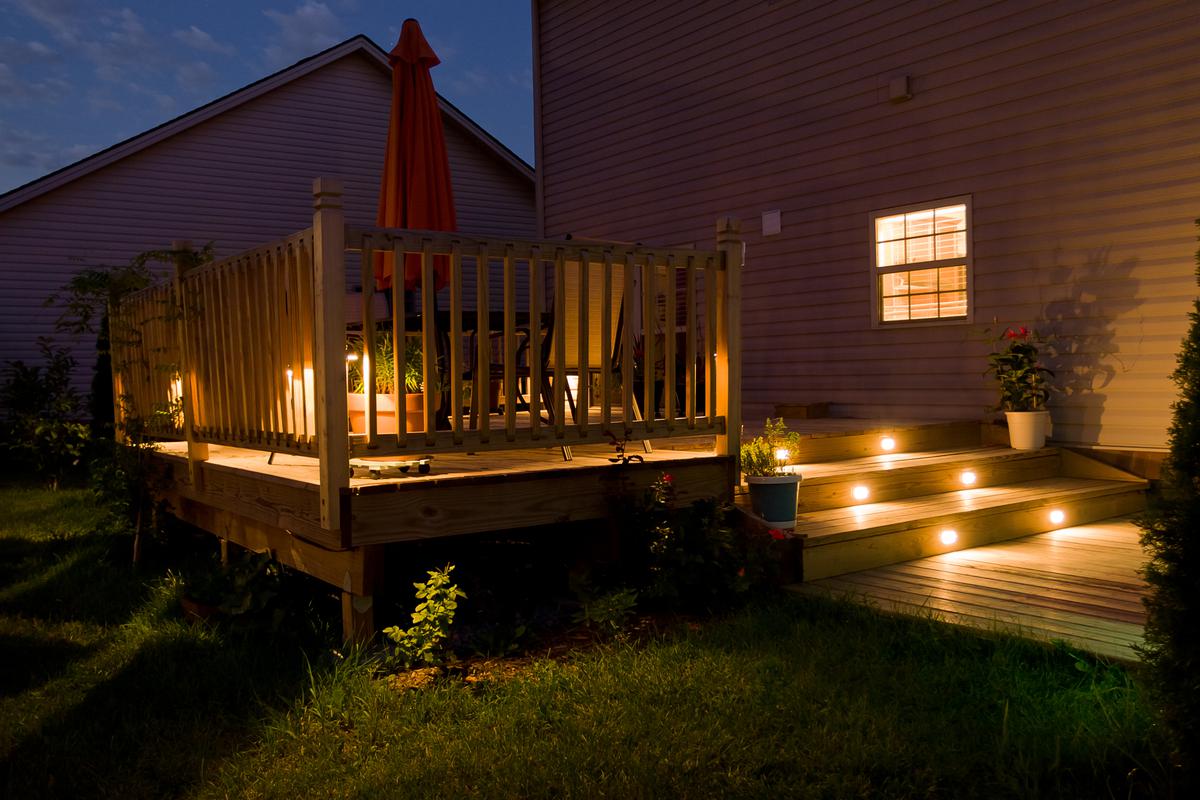
Places You Should Consider Lighting Up
Illuminating any pathways and stairways on your property is a particularly useful landscape lighting design idea because it gives you two benefits: they become more aesthetically pleasing at night and much safer thanks to the increased visibility. Vegetation, such as trees, hedges, flowerbeds, and turf can also hugely benefit from some well-placed landscape lighting. Good landscape lighting designs will help to highlight the bright colors of your vegetation and play off of the irregular features of plants such as branches and stalks.
If you have any water features in your backyard, you can build upon the visual effects they provide with some waterproof pond lights. You can even place underwater lights to add some modern intrigue to any pond or stream in your garden. If your home has any striking architectural features, such as sculptures or accent columns, this gives you some good opportunities to devise some especially eye-catching lighting plans. Uplighting, grazing, and spotlighting can help to make these stylistic features stand out at night, and will give your home the sparkling upscale appearance it deserves.
5 Common Lighting Mistakes to Avoid
While there are many different ways to improve your home’s nighttime glow with some outdoor lights, there are also a few mistakes that you should avoid as these will have the opposite effect. If you plan to hire a landscape lighting contractor, they can guide you to avoid most rookie mistakes such as these.
Bare tree trunks.
If you want to make your treetops shine in the still of the night, make sure to also put some light on the tree trunk. If you only install landscape lighting pointing up at your treetop, it will appear disembodied from the rest of the tree and will look almost like a UFO.
The shoebox effect.
In a similar vein, you should be mindful of the shoebox effect. This happens when all the sides of a house are brightly illuminated by landscape lighting but the roof and chimney are left in darkness. The result of this is that your house will look somewhat like a shoebox, and the details of the roof won’t be visible. To avoid this, it is important to ensure that your lighting design highlights the roof of your house so that the entirety of it is visible and looks good.

Avoid the Shoebox Effect When Lighting Up Your House
Too many lights.
Install too many lights pointing at your house and this will make your home appear washed out. It will cause interesting shadows to be muted and will remove the delicate balance of light and dark which could help your house stand out. If you put too many lights on a pathway it will cause an “airport runway” effect and could even be disorienting. You should also avoid aiming too many lights at a young plant since this could cause hot spots and damage the plant. It goes without saying that having too many lights would also be bad news for your electricity bill.
Using only one type of light.
It may be less expensive, but it's also less eye-catching. Different lights have different purposes, different brightness ratings, and different designs. You’ll need to pick the right light for the specific landscape lighting effect you want to create, and one type of light won’t be able to do it all.
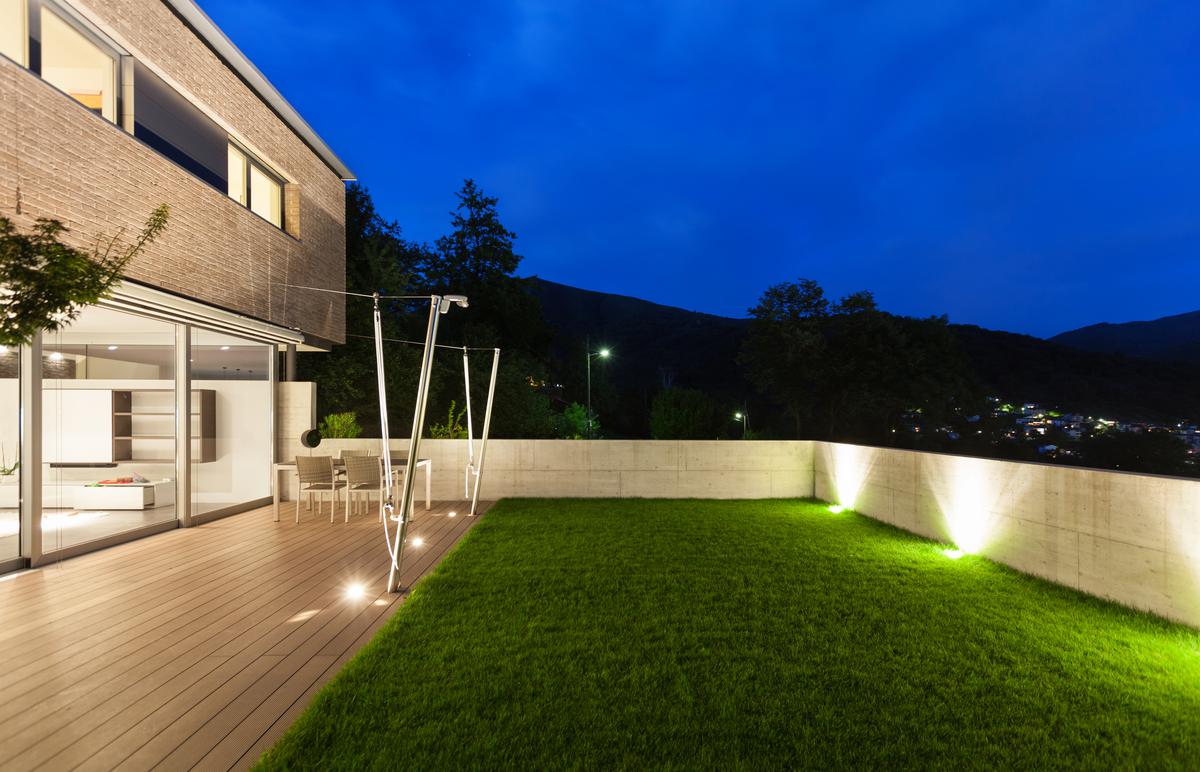
Common Landscape Lighting Mistakes to Avoid
Color monotony.
Exterior lights also come in a range of different color temperatures, and it is important to pick the color temperature that best suits the place you want to install landscape lighting. For example, warm colors work best with brown siding or oak trees, and very cool whites are better for ultramodern structures.
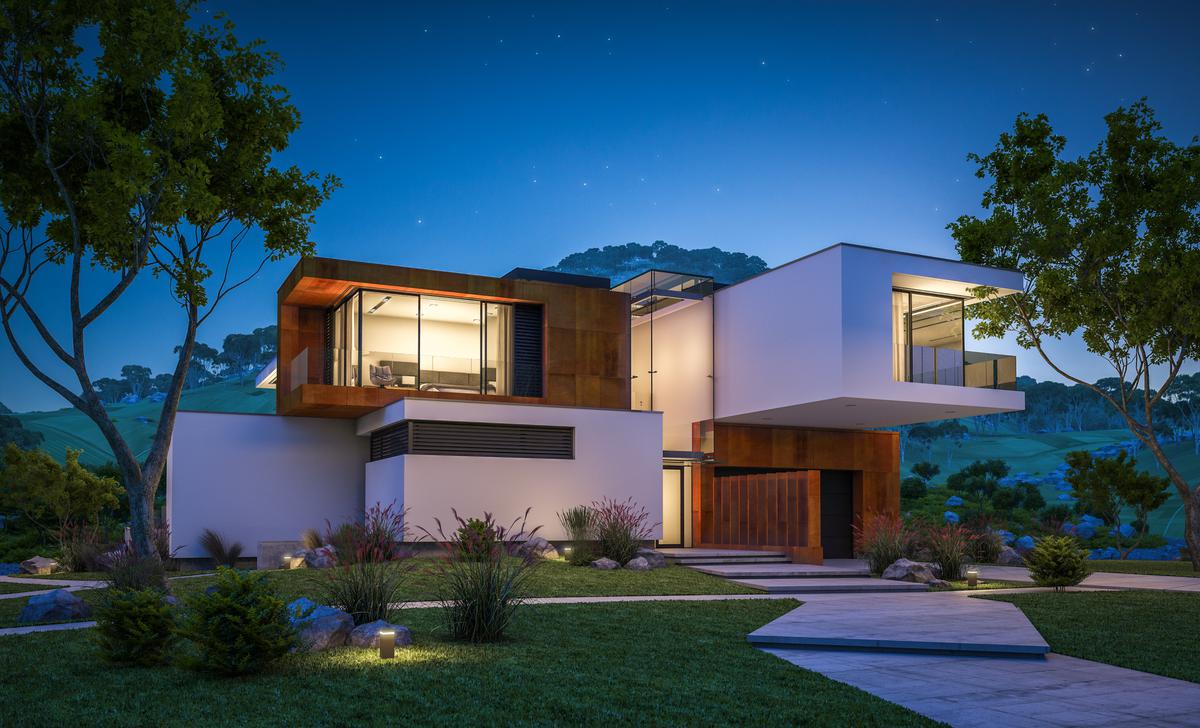
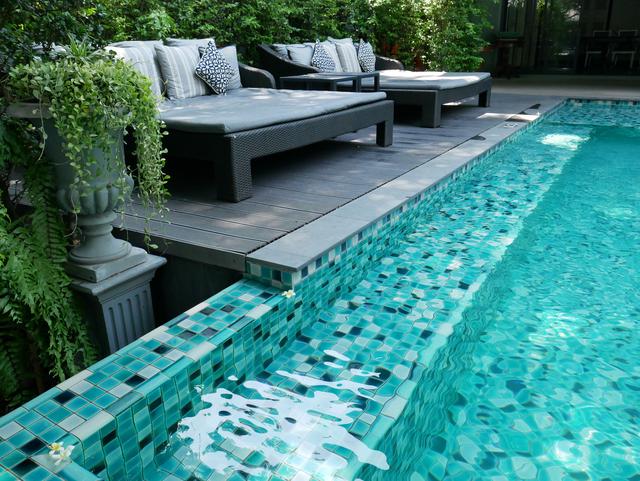


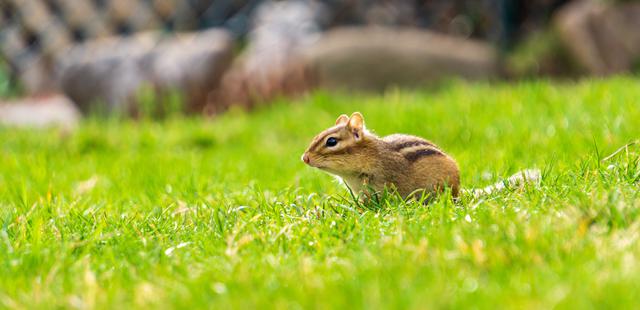
comments